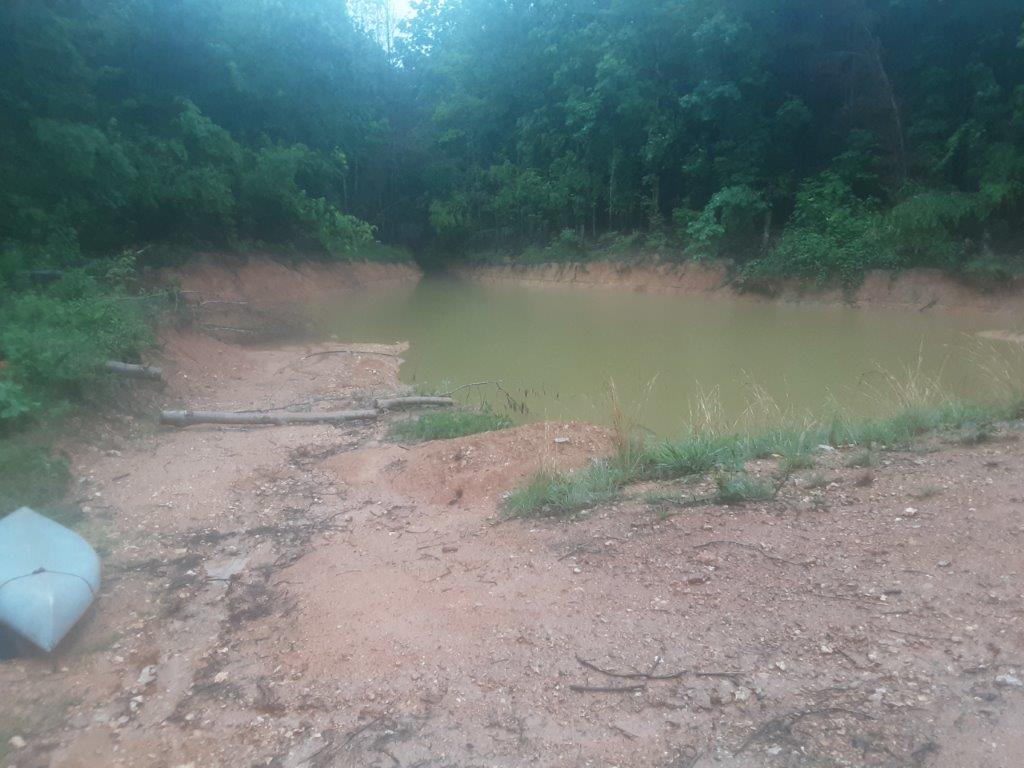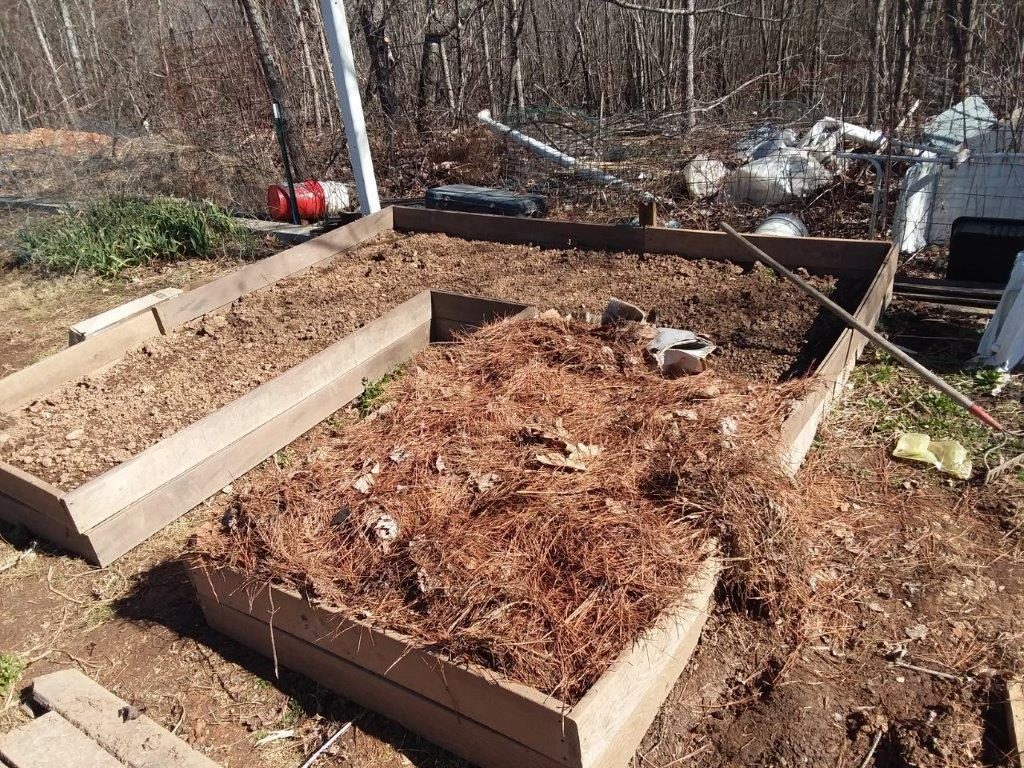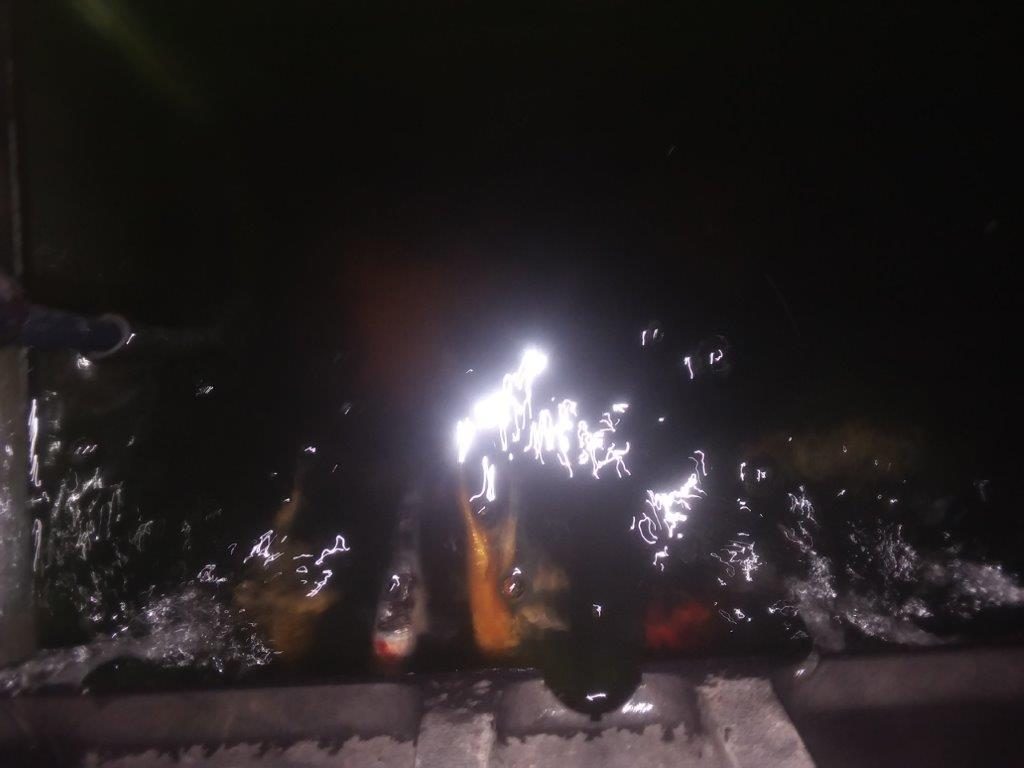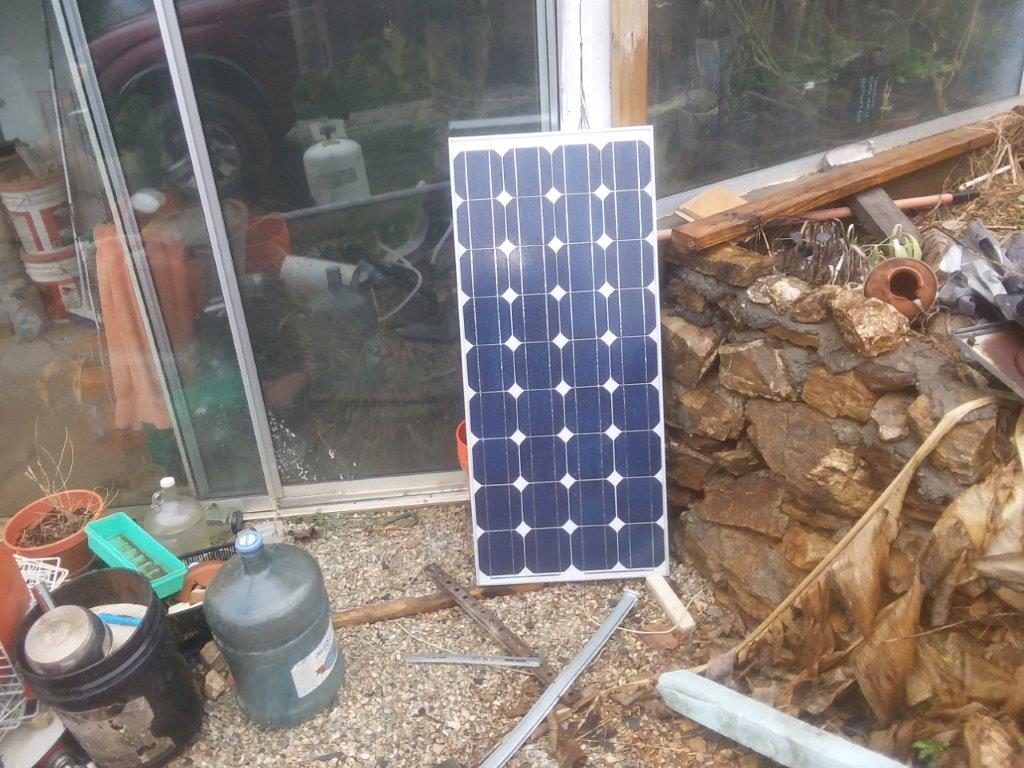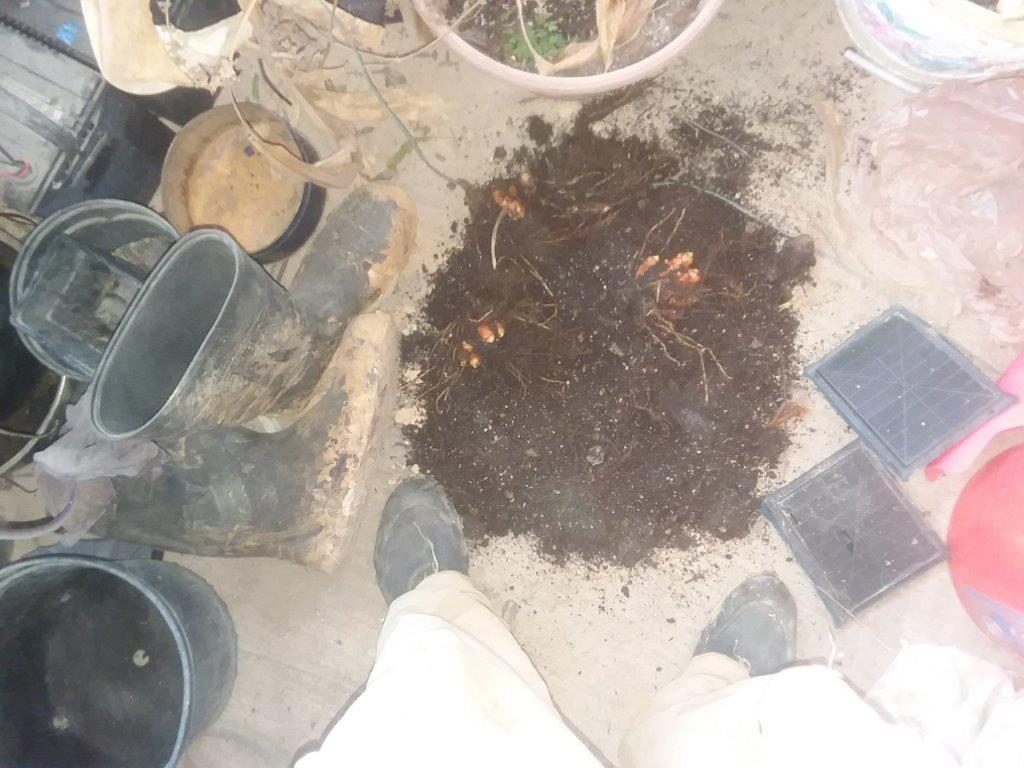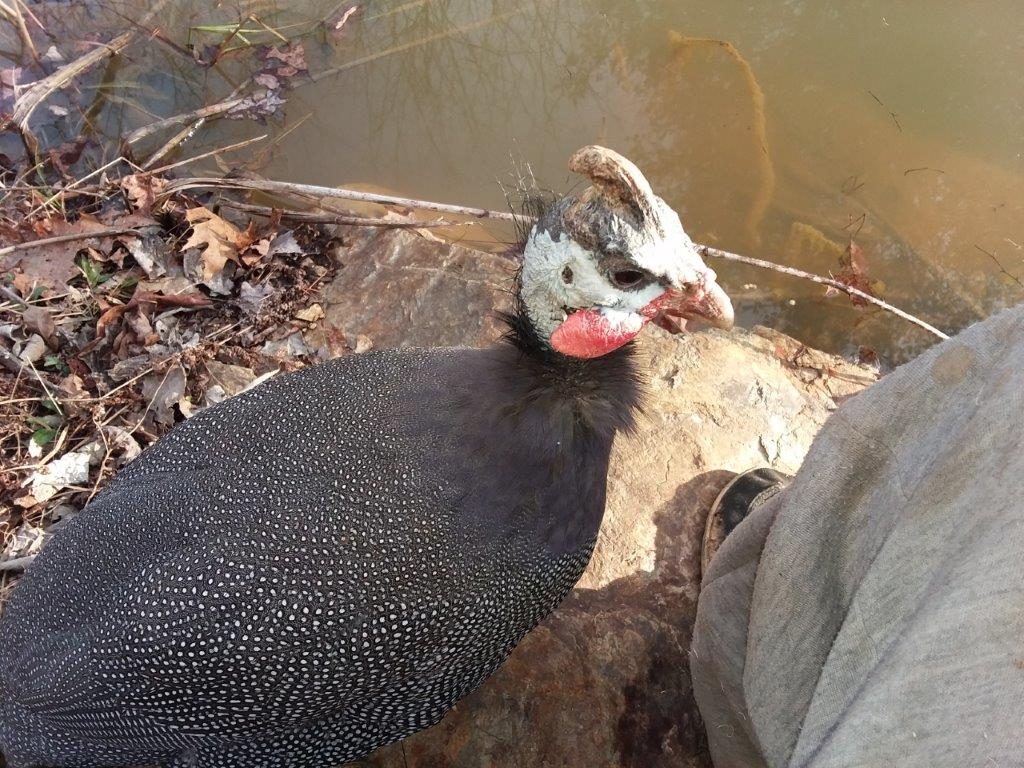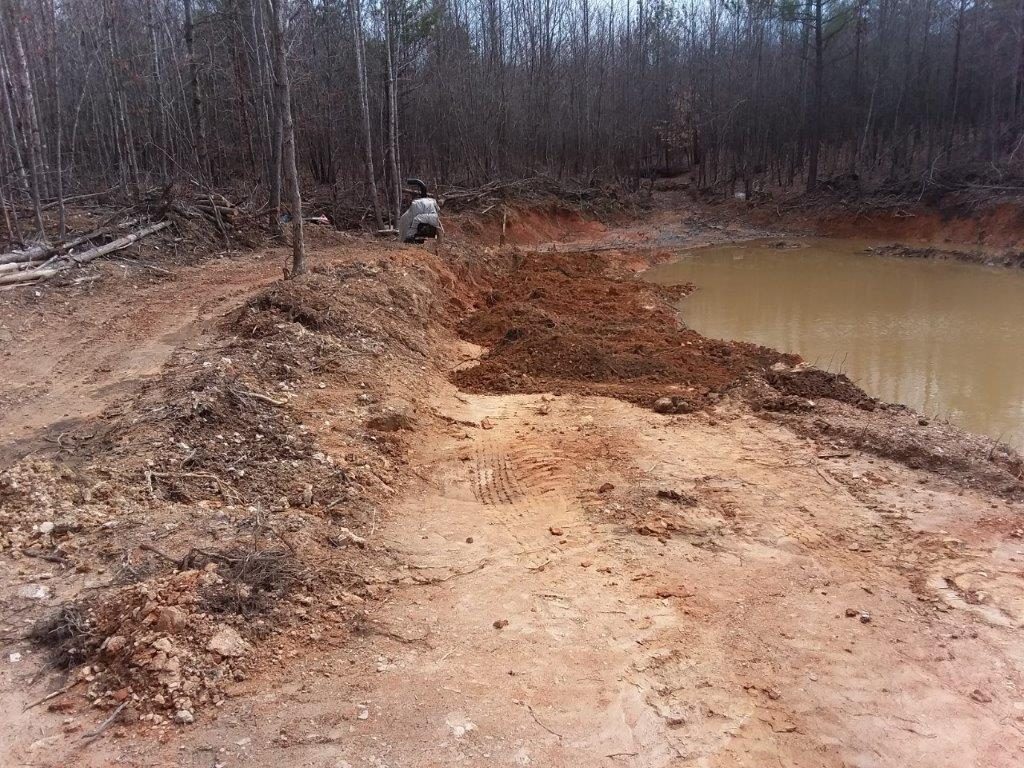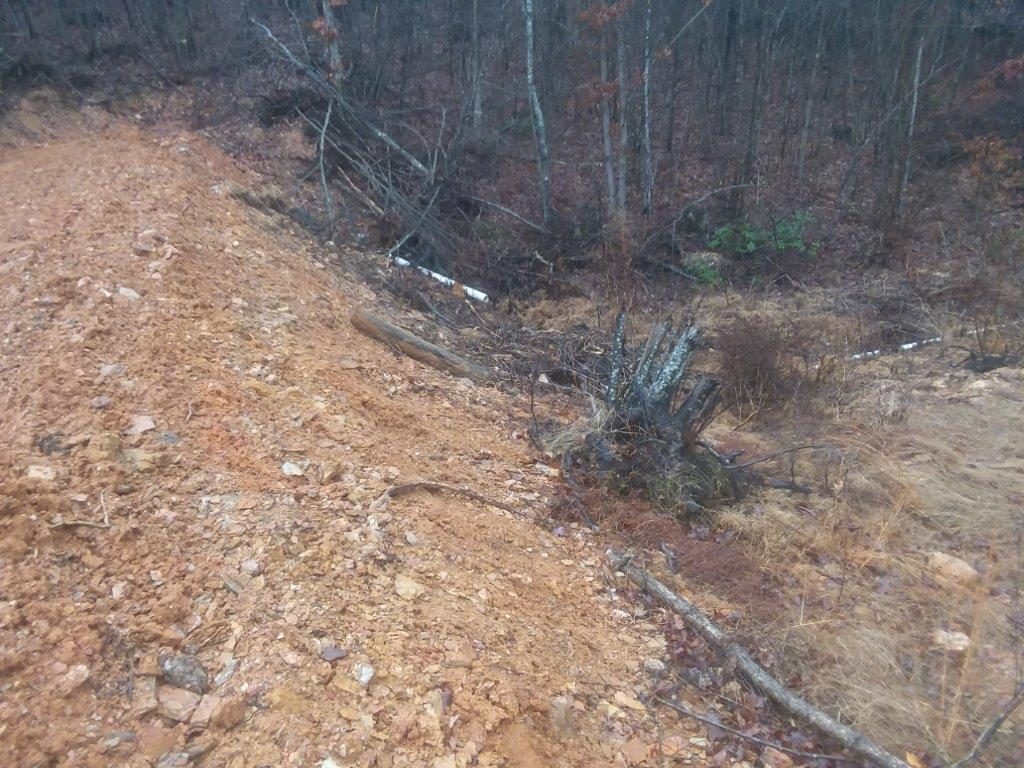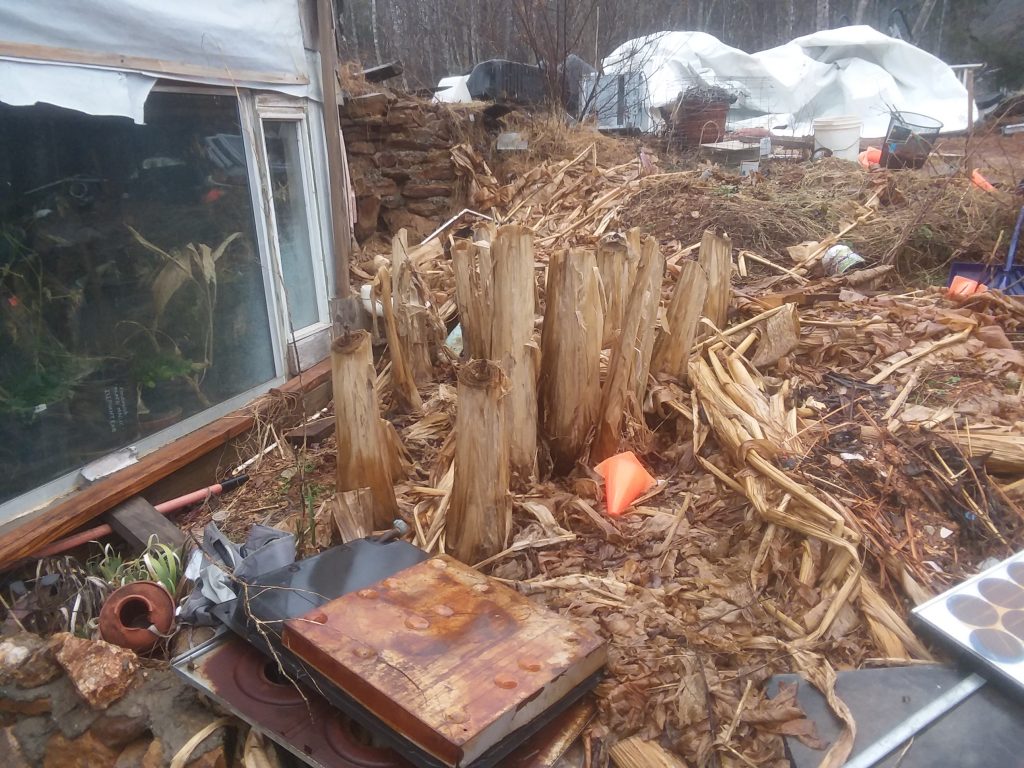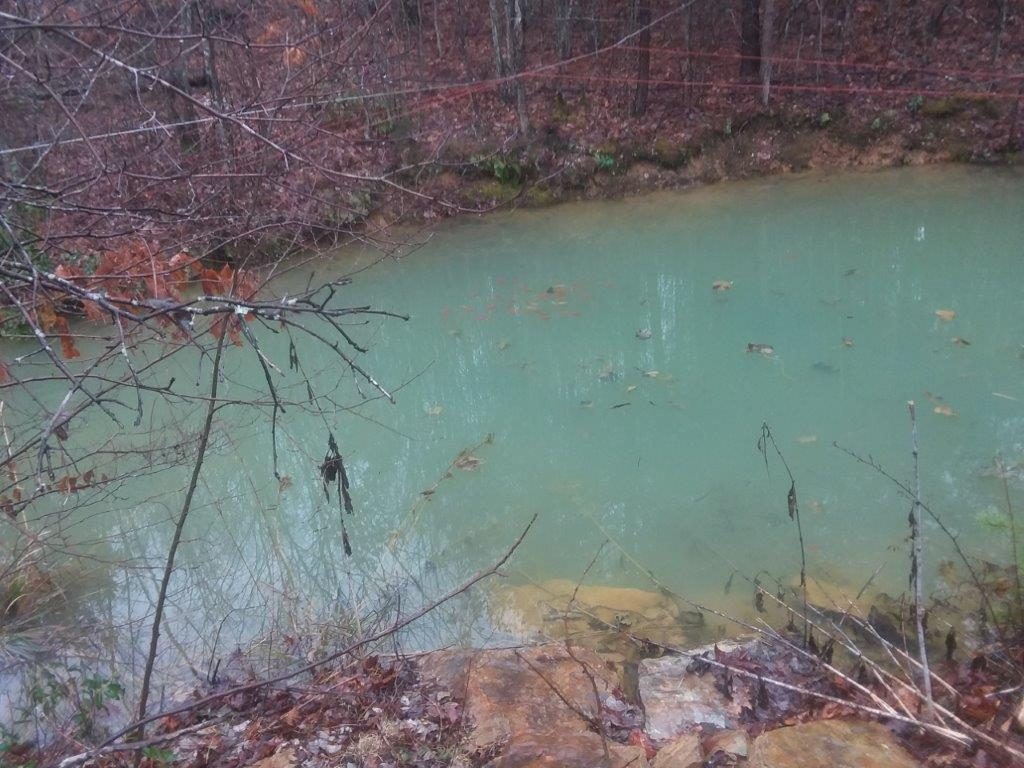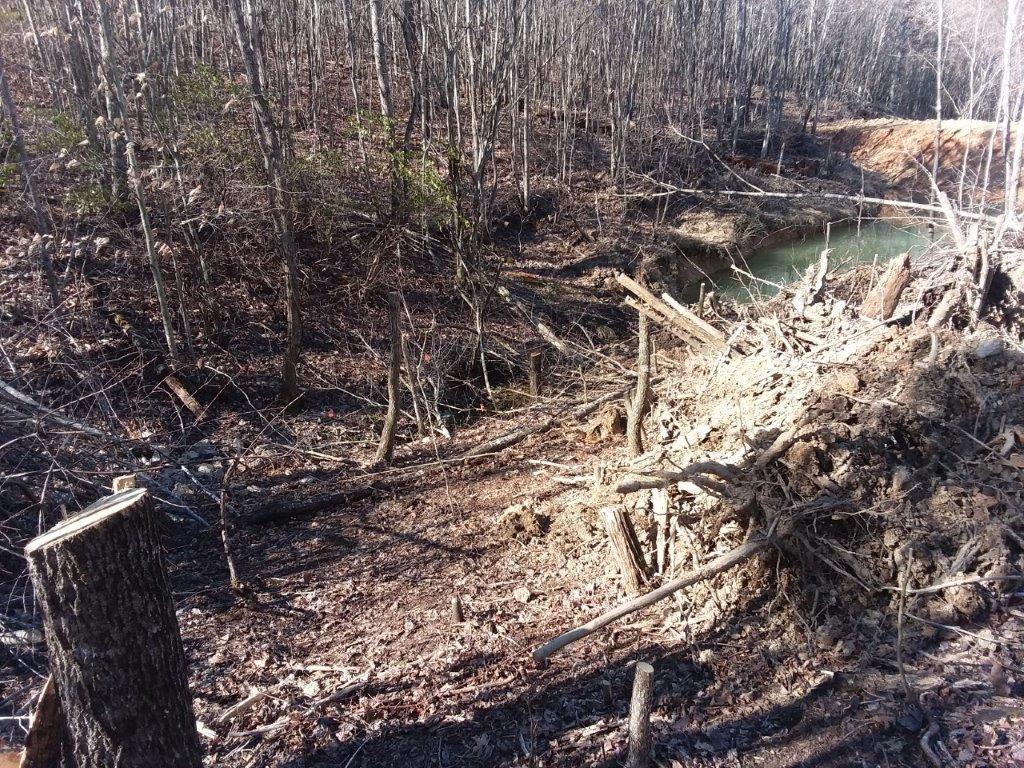Well, the year started uneventfully. Winter slows things down, time to catch up on repairs, relax inside, plan the garden for the next year, etc. etc. But sometimes random chance happens and stuff gets crazy, and so it was with me and the rabid bobcat in early February.
Then for about three months it was wound dressings, using a walker being half crippled and spending most of my energy fighting infection. Thanks to the people who drove me places, contributed firewood, and just generally showed their concern and gave moral support I was able to survive without too much extra trouble.
It did set me back a bit, planting trees that spring was both more difficult and somewhat less effective because they were delivered later than usual . Plans for a number of crab apples were thwarted when none of the seedlings survived, but paw paws and filberts seemed to do quite nicely and the serviceberry survival is somewhat questionable at this point, TWT
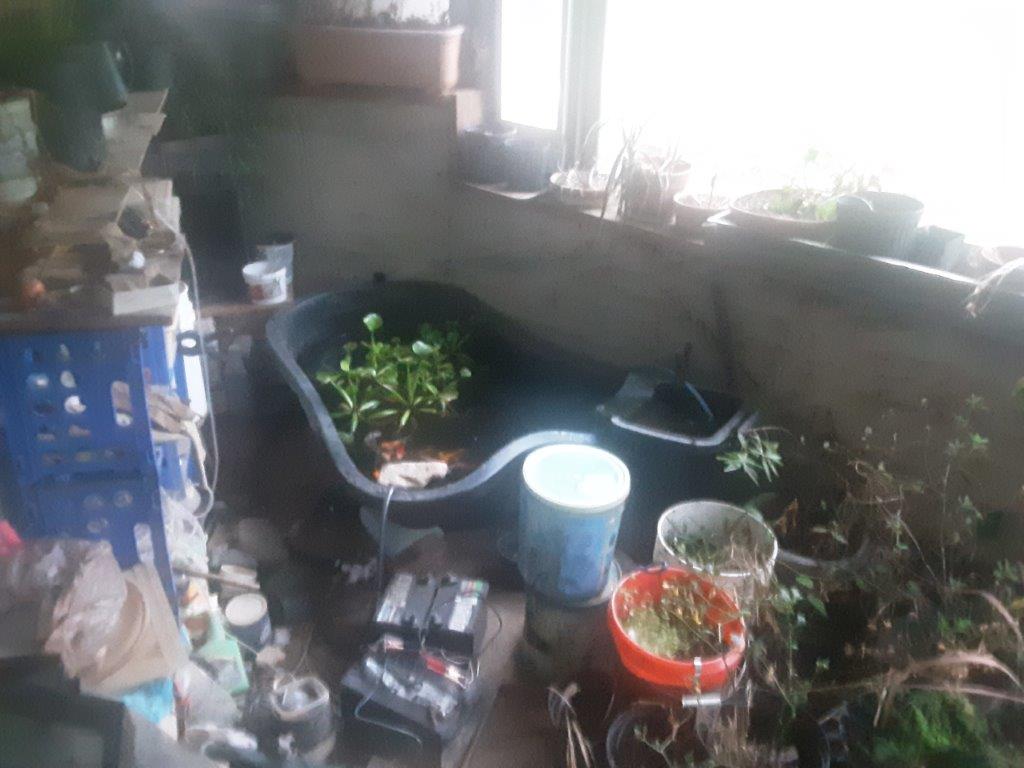
The greenhouse was the place for several tender plants , as well as where I overwintered the new butterfly koi.. Fish are pretty and these guys started to get tame enough to eat out of my hand, The main problems become the hyper need for constant aeration either with air or water pumps. Also, one issue I discovered was with feeding the fish when the water temps fell below 50.
They still wanted to eat, but couldn’t digest the food properly and I found one guy who was all but dead, and brought him inside to a warmer aquarium, and remarkably the little fish survived. I immediately stopped feeding until water temps increased and found no more floaters. So after totally emptying the first liner pond, 18 butterfly koi got released there in the spring of 2022.
The semi drought has also been worth noting, renovating the new koi pond and upgrading biofilters took lots of time away from the gardens but the ongoing building of the soil continues with or without my additional inputs. I did make a compost pile and have lots of new soil to play with when I start the garden annuals this year, and much of the clearing done for the tree planting has exposed additional areas for gardening possibilities. The rest of this post will elaborate on much of the actual work involved.
This may mean very little by itself, except as a point of development in the biofilter system for my liner ponds. Note the exposed liner between the gravel of the filter and water of the pond. Part of the process of removing the sand and general upgrade of the system meant actually taking out all the other elements, including the distribution pipes, draining lots of the water, lifting the liner of the filter and then going back to the original earthen wall under that liner and finally replacing the liner.
With a system dependent on rainwater, a semi drought in the summer can lower water levels and shut down the free flow to the filter. Lowering that separating wall and adjusting the liner between the biofilter and pond was a primary reason for the complete makeover of the biofilter. So changing the height of the water that could freely travel to the biofilter and substituting river rock and gravel for sand to allow a faster flow rate will hopefully make a big difference in water quality.
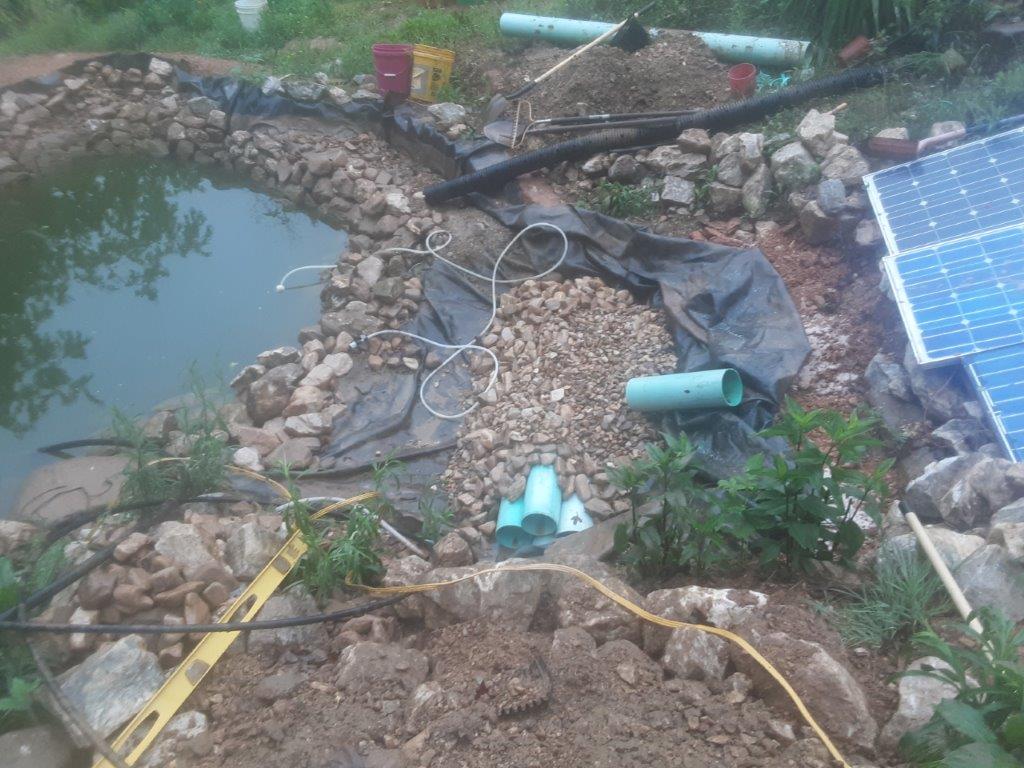
Also the pipes under the gravel are still partially exposed in this shot. needless to say this project took a couple weeks of the summer, emptying that area, sifting the sand out of the gravel, preparing the pipes, etc etc. Of course there was also lots of nutrient rich sand distributed to different garden areas. future filter cleaning will involve top removal of algae and excess plants.
The biofilter update completed, with water lilies starting and a small number of other water plants. Each plant will aid in removing fish waste from the water with or without active pumping. As you can see, the water is not clear, indicating a fair amount of algae.
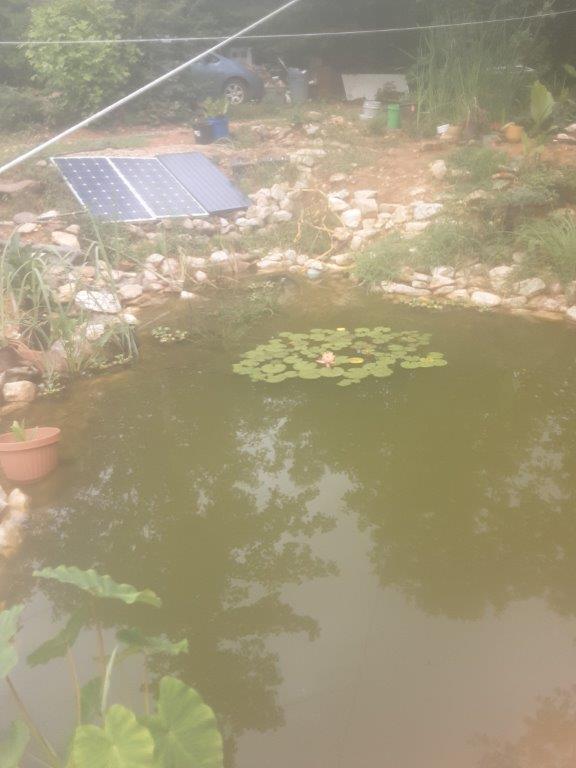
Below is a slightly different angle of the pond later in the year,careful inspection shows the colorful koi at the bottom under 6 feet of water. At one point the water was crystal clear. Also notice the fine green string algae covering all surfaces. While many people might consider this messy, it can actually be beneficial as a water clarifier when controlled by some periodic removal. The removal can be coupled with fertilizing land plants with this high nutrient algae fertilizer free of weed seeds.
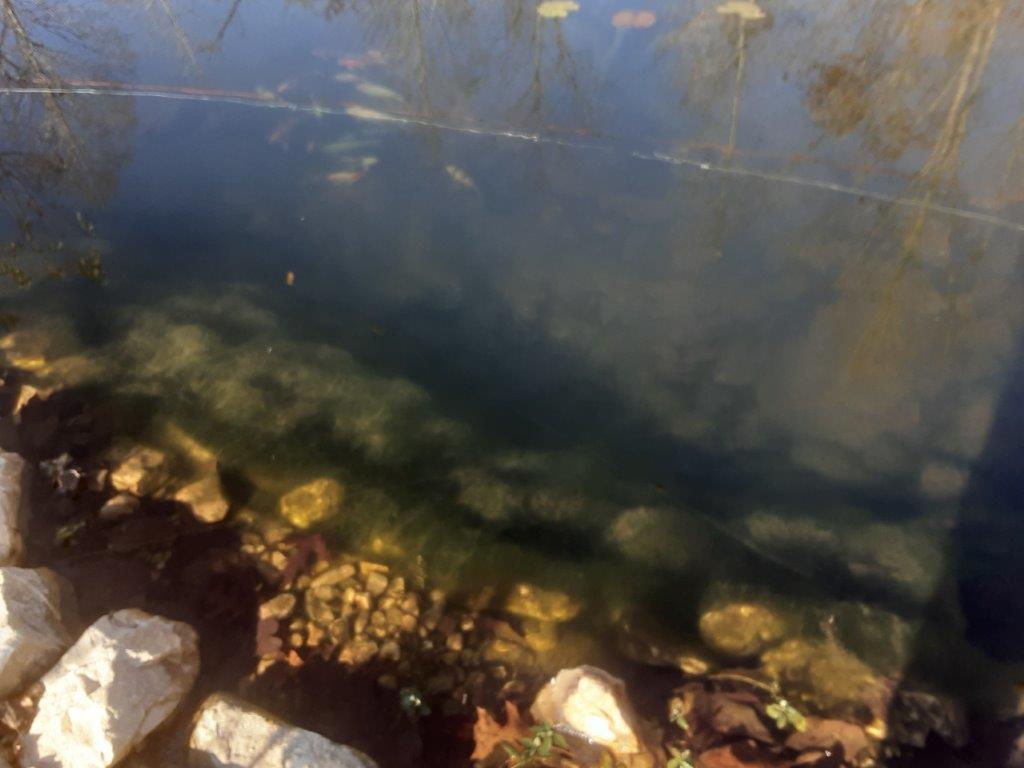
It is important to note when thinking of plants as water quality control, moderation is a consideration. Without some periodic removal of algae and plant matter, the natural inclination of ponds is to fill in, so keeping water spaces clear and oxygenated for the fish is important. It’s all about balance. Also, dead plants rot and consume more oxygen challenging the survival of the fish.
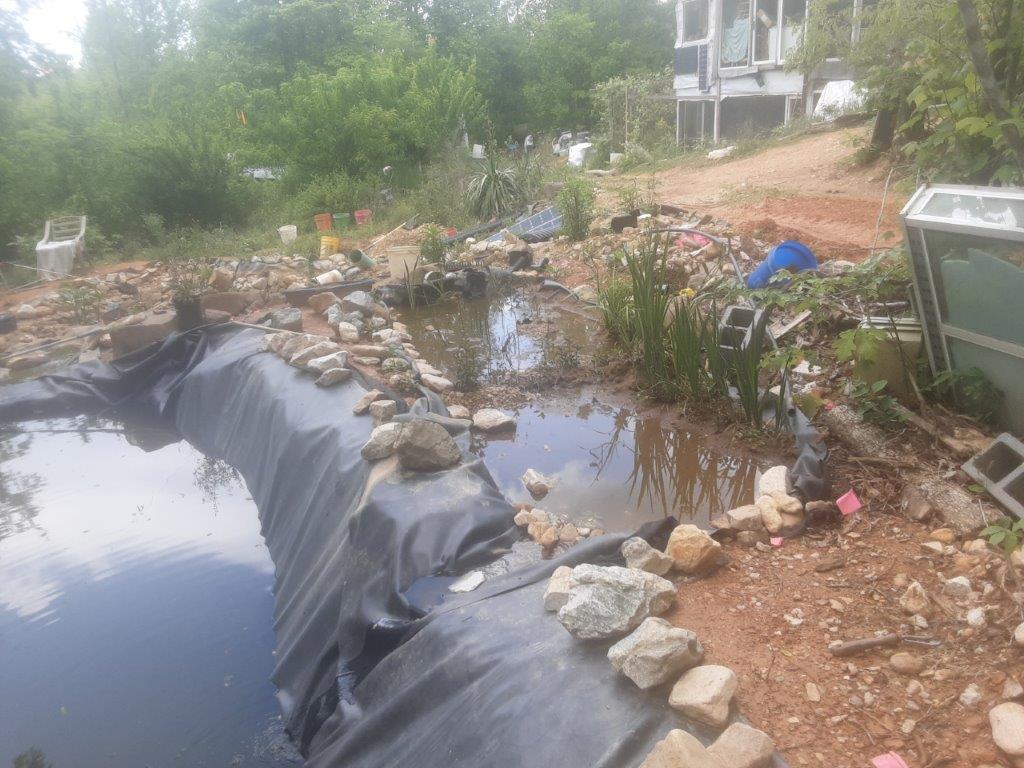
The first part of liner pond work last year involved these two projects. The 6 big koi living in the first liner pond were transferred to this newer one, and the original biofalls filter from last year was changed to include the new pond as part of the circuit and the original waterfall biofilter (shown right)was increased in size. This filter proved quite successful, and cattails sweet flag,water iris and horsetail filled the bed by the end of the summer–fish waste is wonderful fertilizer. Obviously this was an initial setup to keep the 6 big koi happy while the 18 smaller butterfly koi were given occupancy of the original liner pond. The shot below shows the same pond and biofilter with a little growth and added window dressing.
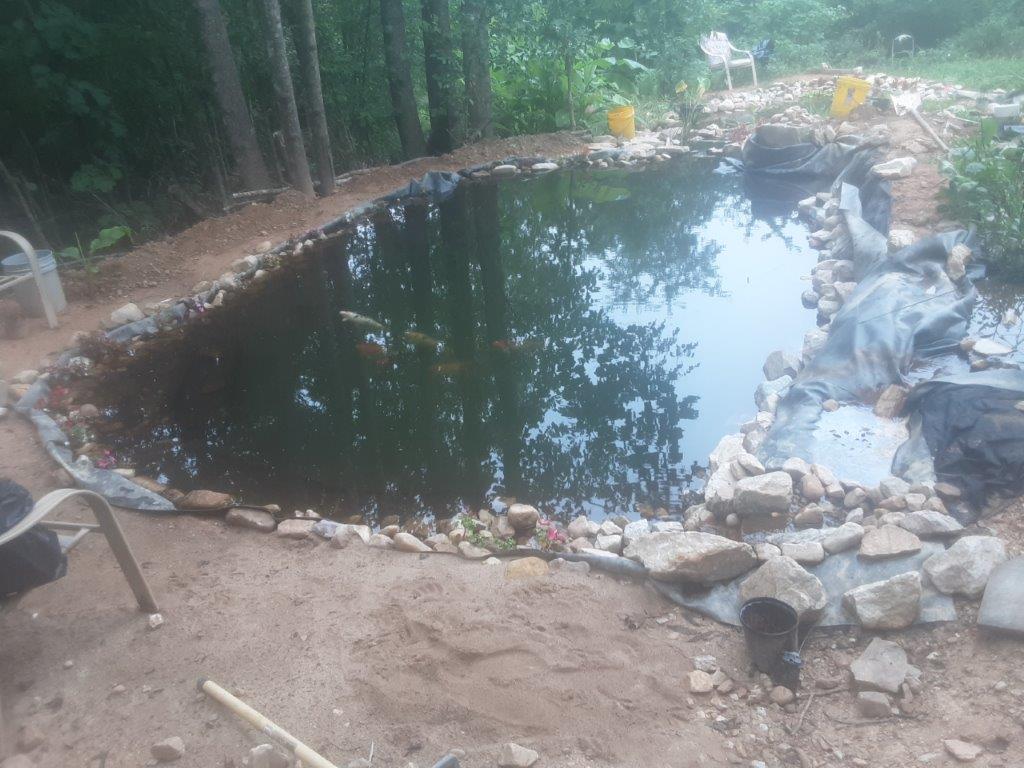
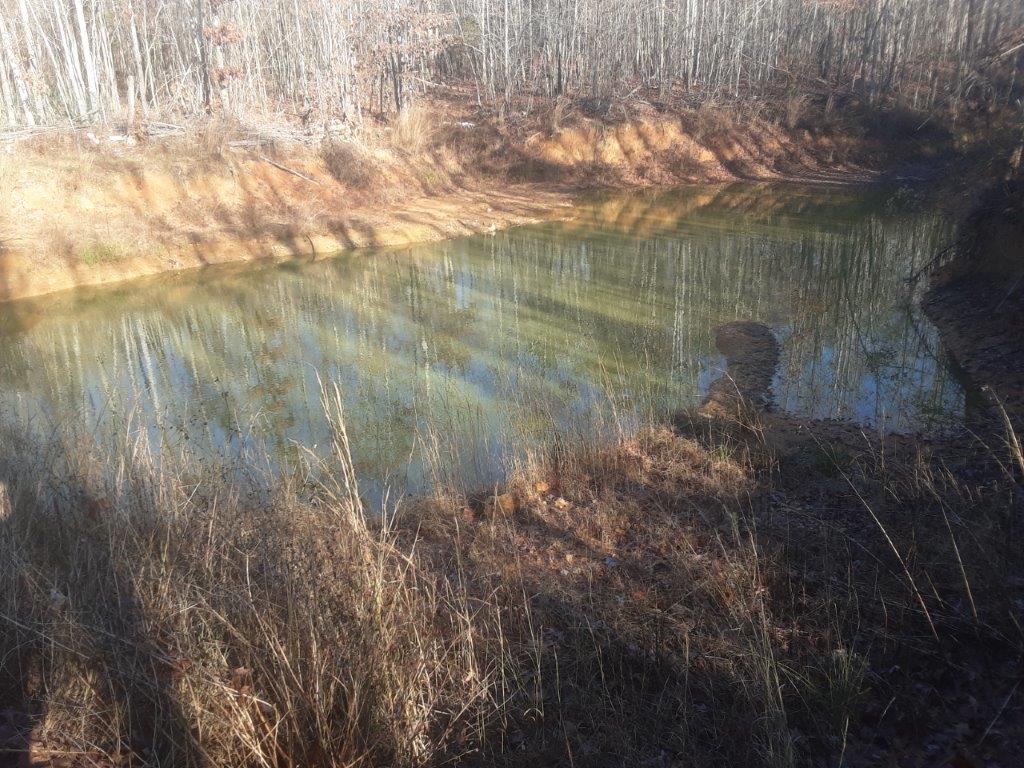
And now the overarching theme of the year was drought. When this pond is full the bare brown walls are under water, so the overall depth of the water is less than two feet at this point. I think there are still catfish alive here but I’m afraid to feed them until there is sufficient fresh rain water flushing things out a bit.
Theoretically systems like this mature in about 7 years, but the actual timing of this project is off by about three years. An overarching drought/wet cycle of about 7 years seems to be the norm here. So while building the dam, fighting with excess water was a common occurrence. The current lack of water in the cycle now that the dam is completed means there is not sufficient water to saturate the surrounding earth and help the system mature. My hope is that this year will start the move back into the wet part of the cycle.
Of course I have already started enlarging the pond, so the longer it stays dry the bigger the eventual size becomes:-).
I will say that even with the lower water levels, this relatively dry hillside and gulley is starting to show signs of a wetland, Cattails are moving from pond to pond, and with minimal effort goldfish are expanding their domains.
